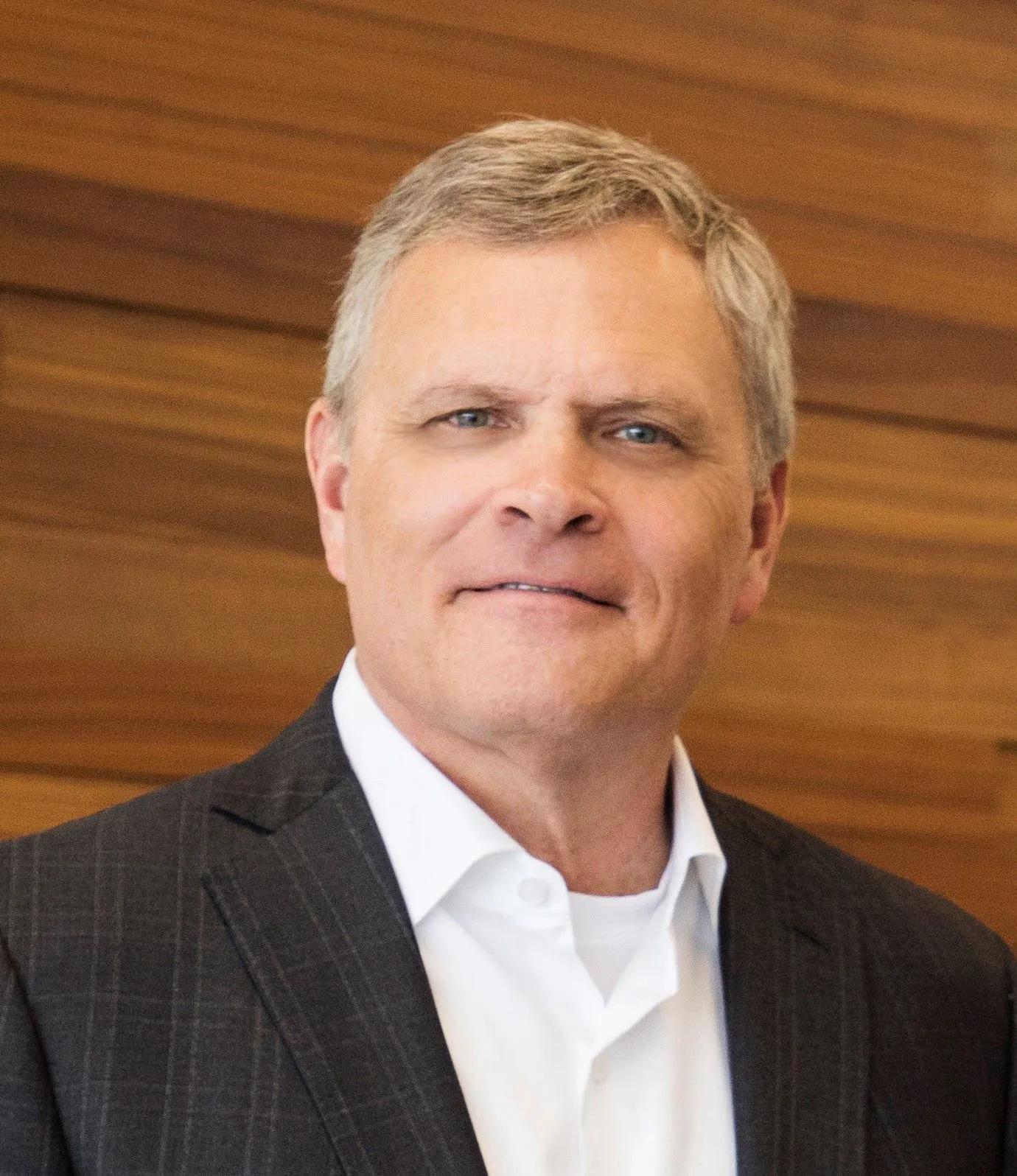Article
UPDATE: Focus on practice
HMO costs; Medicare fee cut
UPDATE
Focus on Practice
By Joan R. Rose
The future of HMOshigher costs, more patient control
Double-digit increases in HMO premiums will continue through 2004, according to preliminary results from Milliman USA's 12th annual HMO Intercompany Rate Survey. Respondents expect a 14-percent increase in HMO rates next year, 3 percentage points lower than this year's projected hike.
But the news isn't all bad. "Premium increases are likely to accelerate the development of consumer-driven approaches to health care and pay-for-performance models," says survey author Steve Cigich. Moreover, Cigich notes, because those changes will give patients more control over how their health care dollars are spent, health care decisions will be made "at the point of maximum effectiveness"by the patient and physician.
Medicare's fee cuts could hurt patients as well as doctors
If Medicare fees plunge again, physicians may desert the program, warns the American College of Physicians. Indeed, Medicare's expected combined 5.8 percent fee cut over the next two years would cost internists with high Medicare patient loads significant dollars (see chart).
To improve the outlook, the ACP is urging passage of the House's version of the Medicare prescription drug bill, which would provide a physician fee increase of at least 1.5 percent over each of the next two years. "A Medicare prescription drug benefit will be a hollow promise to America's seniors if there simply aren't enough doctors left to take care of them," says ACP President Munsey S. Wheby.
Congress takes another shot at tort reform
Calling the current tort system "a tool for shaking down . . . health care providers," Sen. Michael Enzi (R-WY) has introduced legislation that seeks to promote early disclosure of health care errors and provide prompt, fair, and reasonable compensation to injured patients. The Reliable Medical Justice Act would authorize funding for states to seek alternatives to litigation for resolving medical malpractice claims. Among the prototypes that would qualify for federal grants are those that would indemnify physicians and other providers who make "timely" offers to compensate patients, establish the appropriate compensation for certain injuries and have claims resolved by an administrative board, and create a court specifically for adjudicating medical malpractice cases.
Enzi introduced the bill after Congress failed to enact legislation capping noneconomic damages in medical malpractice cases.
A blueprint for keeping 'em down on the farm?
The town of Perry, FL (pop. 7,000) is proving that rural communities can grow their own doctors. The town's hospital has awarded four-year scholarships (about $60,000 each) to three Perry natives who are attending Florida State University medical school. In return, the students have agreed to return to Perry to practice there for at least four years.
The idea makes sense, says Doctors' Memorial Hospital CEO Jim McKnight, because the hospital (located in a federally designated underserved area) currently spends from $200,000 to $300,000 to recruit a physician, who often doesn't stay for the long haul. By underwriting students' medical educations, McKnight notes, the hospital would get four doctors for what it would cost to recruit just one.
Our Web poll

Joan Rose. UPDATE: Focus on practice.
Medical Economics
Sep. 19, 2003;80:10.





